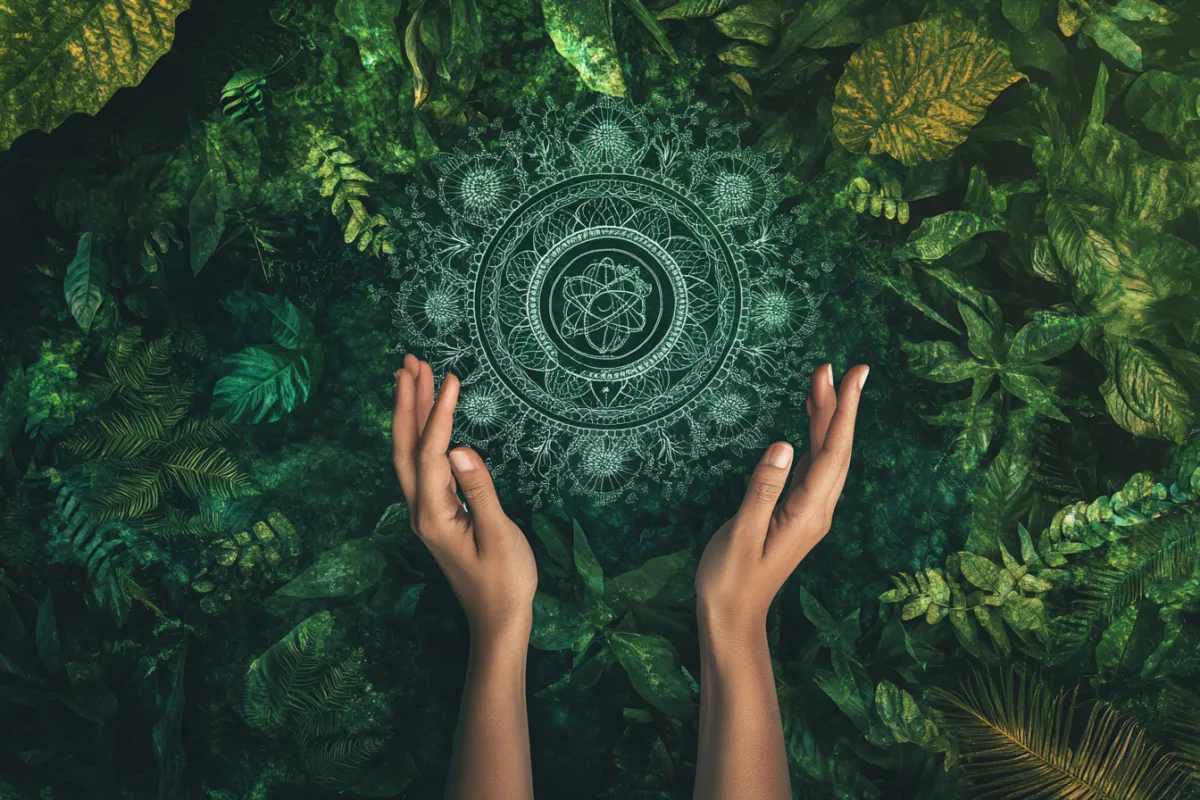
Cultural Perspectives on Nature Therapy
Introduction
Throughout history, humans have turned to nature for healing and restoration. Across cultures, the natural world has been a source of medicine, spiritual connection, and therapeutic practices. As modern research continues to validate the benefits of nature therapy, there is a growing interest in understanding how different cultures utilize nature in their healing traditions. This article explores traditional nature-based healing practices from various cultures and compares them with contemporary research findings.

Traditional Nature-Based Healing Practices
Different cultures have developed unique ways of harnessing the healing power of nature. These practices often reflect a deep understanding of the natural environment and its therapeutic potential. Here, we explore some notable examples of traditional nature-based healing methods.
Japanese Forest Bathing (Shinrin-yoku)
Shinrin-yoku, or forest bathing, is a practice that originated in Japan in the 1980s but has roots in much older traditions. It involves immersing oneself in a forest environment, engaging all the senses to experience the sights, sounds, and smells of the forest. Traditionally, it is believed that the forest has a calming and rejuvenating effect on the mind and body.
Modern research supports the benefits of forest bathing. Studies have shown that spending time in forests can reduce stress, lower blood pressure, and boost the immune system. A study published in the International Journal of Environmental Research and Public Health found that forest bathing increases natural killer (NK) cell activity, which plays a crucial role in immune defense. This research validates the traditional beliefs about the healing power of forests.
Indigenous Healing Practices
Indigenous cultures around the world have long utilized nature in their healing rituals. These practices often involve a deep spiritual connection with the land and its elements. For example, many Indigenous communities use sweat lodges, medicinal plants, and spiritual ceremonies as part of their healing traditions.
Sweat lodges, used by various Indigenous tribes in North America, involve a purification ceremony in a heated, enclosed structure. This practice is believed to cleanse the body, mind, and spirit. Modern research has shown that such practices can have therapeutic benefits, including stress reduction and improved mental clarity.
Medicinal plants are another cornerstone of Indigenous healing. Plants like sage, cedar, and sweetgrass are used for their medicinal and spiritual properties. Contemporary studies have identified the antibacterial and anti-inflammatory properties of these plants, supporting their traditional use in healing.
Ayurvedic Practices
Ayurveda, the traditional system of medicine from India, emphasizes the balance between mind, body, and spirit through natural elements. Ayurvedic practices include the use of herbs, oils, and specific environments to promote healing. Nature is integral to Ayurveda, with treatments often involving outdoor activities and exposure to natural settings.
Ayurvedic practices, such as using ashwagandha for stress relief or turmeric for its anti-inflammatory properties, have been validated by modern research. A study in the Journal of Alternative and Complementary Medicine confirmed the stress-reducing effects of ashwagandha, while numerous studies have highlighted turmeric's health benefits. This alignment between traditional Ayurveda and modern science underscores the enduring wisdom of nature-based healing.
Western Approaches to Nature Therapy
In Western cultures, the development of nature therapy has been more recent but is rapidly gaining recognition. Ecotherapy, wilderness therapy, and green exercise are some of the modern approaches that integrate nature into therapeutic practices.
Ecotherapy involves structured activities in natural settings to improve mental and physical health. Research published in the journal Environmental Science & Technology found that green exercise, such as walking or cycling in nature, enhances mood and self-esteem. Wilderness therapy, often used for at-risk youth, combines outdoor adventure with therapeutic support, showing significant improvements in participants' emotional and behavioral health.
Comparing Traditional Methods with Modern Research
Traditional nature-based healing practices and modern research findings often align, revealing a deep-rooted connection between humans and the natural world. For example, the stress-reducing effects of Japanese forest bathing are supported by scientific studies on phytoncides, natural compounds released by trees that enhance immune function.
Similarly, Indigenous practices using medicinal plants are corroborated by research identifying the therapeutic properties of these plants. The integration of traditional wisdom with modern scientific validation enhances our understanding of nature therapy and its potential.
Conclusion
Nature has always been a source of healing and restoration across cultures. By combining traditional wisdom with modern research, we can deepen our appreciation for nature-based therapies and their benefits. Whether through forest bathing, Indigenous healing rituals, or Ayurvedic practices, the therapeutic potential of nature is vast and profound.
As we continue to explore and validate these practices, it is essential to respect and preserve the cultural heritage that informs them. Embracing a holistic approach that integrates traditional knowledge with contemporary science can lead to more effective and inclusive nature therapy practices.
If you're interested in experiencing the benefits of nature therapy, consider joining a ReWild session. Explore the diverse traditions of nature-based healing and discover how nature can enhance your well-being.


